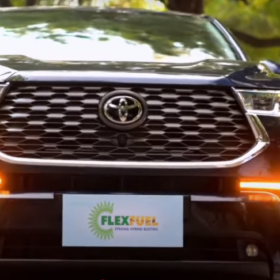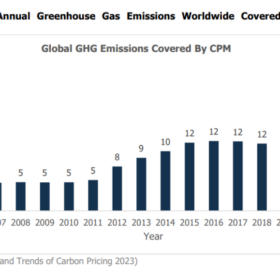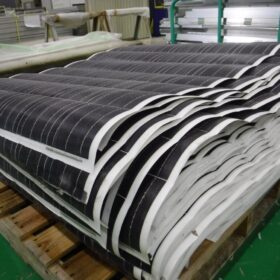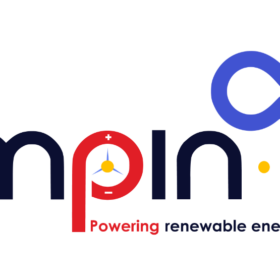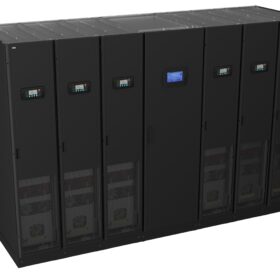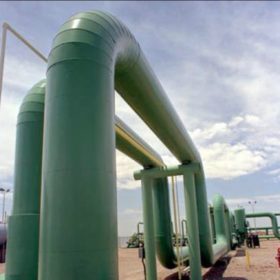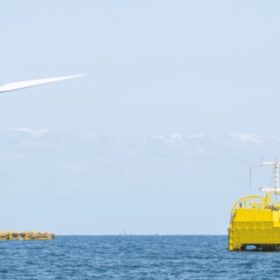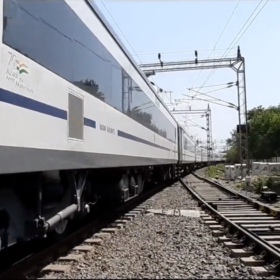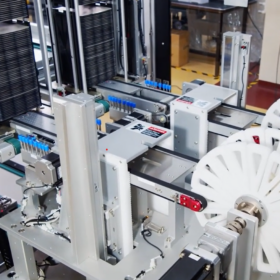Toyota Kirloskar Motor unveils electrified flex-fuel car in India
The prototype car features a flex-fuel engine and an electric powertrain and adheres to India’s stricter emission standards, BS 6 (Stage II).
Unveiling India’s carbon credit revolution: From local initiatives to global impact
The Indian carbon credit system, operating under the Clean Development Mechanism (CDM) and the United Nations Framework Convention on Climate Change (UNFCCC), stands ahead in several aspects.
Advancing circular economy in photovoltaics: The Hot Knife PV module recycling method
Recycling is of significant importance in a circular economy, yet some challenges have to be faced when recycling PV modules. The novel Hot Knife method to separate the crystalline silicon photovoltaic module front glass from the backsheet contributes only a few permill to the life cycle related potential environmental impacts of PV electricity.
What is a carbon credit market?
When one company captures a unit of carbon from the atmosphere using some green technology (this process is called carbon sequestration), it can generate a carbon offset. Other companies can then purchase that carbon offset to reduce their carbon footprint.
Amp Energy India is now Ampin Energy Transition
Amp Energy India has announced its rebranding as Ampin Energy Transition. The developer said the new name reflects its commitment to accelerating the transition to renewable energy sources and its vision for a sustainable future.
ABB India launches 97.4% efficient UPS solution for data centers
ABB India has launched MegaFlex DPA (decentralized parallel architecture) UPS solutions with energy efficiency of up to 97.4% for the Indian market. The UPS are claimed to have up to 45% smaller footprint than competing products.
Torrent starts blending green hydrogen in city gas distribution network
Torrent has started a pilot project to blend green hydrogen with natural gas in the city gas distribution (CGD) network of Gorakhpur, Uttar Pradesh.
Lhyfe launches world’s first offshore hydrogen project
Lhyfe has started producing offshore hydrogen via a pilot project in France, and Toyota and its partners have agreed to invest in hydrogen in Thailand. The Australian authorities, meanwhile, have approved a hydrogen project in Victoria.
India’s first hydrogen train to run on Jind-Sonipat route
Indian Railways plans to run 35 hydrogen trains on various heritage and hill routes in India.
NSEFI awarded Special Consultative Status by UN ECOSOC
The National Solar Energy Federation of India (NSEFI) has been awarded special consultative status by United Nations Economic and Social Council (ECOSOC).
